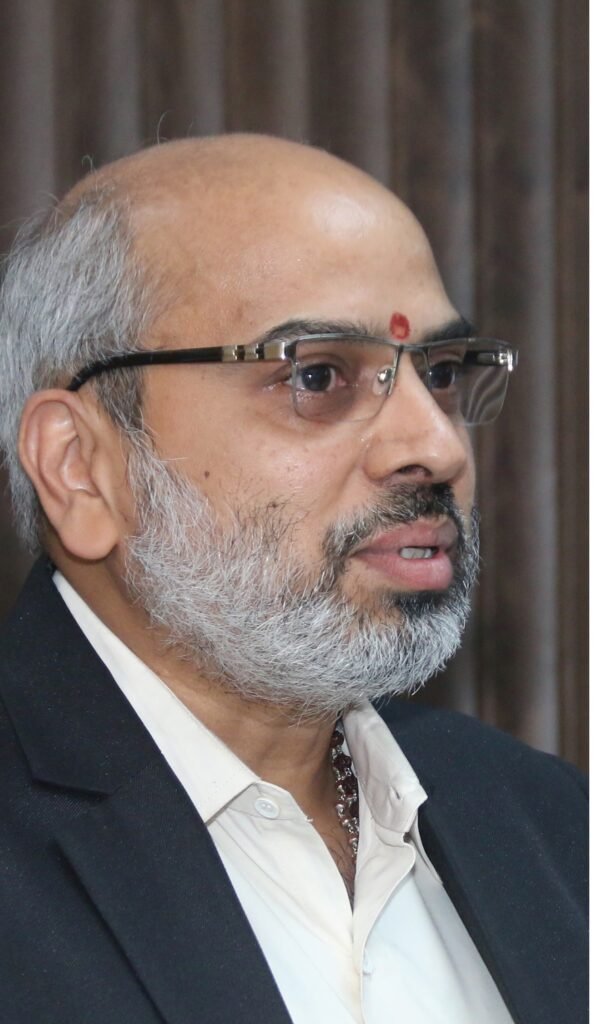Launched on September 28, 2015, with a lift-off mass of 1515 kg, by PSLV-C30 (XL) rocket from Satish Dhawan Space Centre Sriharikota, AstroSat is India’s first dedicated Space Astronomy Observatory. Its orbital parameters are 650 km in altitude and 6° in inclination. Five different scientific instruments are carried by AstroSat, allowing for imaging and the investigation of the temporal and spectral features of galactic and extragalactic cosmic sources throughout a broad spectrum of wavelengths from a single, unified platform.
Nearly 2,000 individuals from 54 different countries have signed up to use AstroSat. The Mars Orbiter Mission was launched on November 5, 2013, and after 300 days travelling between planets, it was put into orbit around Mars on September 24, 2014.

After spending almost eight years in Martian orbit and achieving a wide range of scientific goals on Mars and the Solar corona, the Mars Orbiter Mission lost contact with Earth in April 2022 due to a prolonged eclipse. About 27,000 science data downloads have been made from the ISSDC portal, where more than 7,200 people have registered to access the MOM data.
Around 400 registered users are international users from 50 different countries. India launched its first spacecraft on July 22, 2008, to visit a captivating location outside Earth.
Chandrayaan- 1 entereda 100-kilometer orbit around the Moon, carrying eleven advanced instruments. It was a remarkable display of our technological prowess, changing the course of Indian lunar exploration for good. A Moon Impact Probe (MIP) called Chandra’s Altitudinal Compositional Explorer (ChACE) was launched from the Chandrayaan-1 Orbiting Spacecraft.
ChACE has a camera, altimeter, and mass spectrometer to study the Moon’s composition. The Man In the Moon (MIP) probe was the first artificial object to reach the South Pole of the Moon. This marked the beginni ng of India’ s l una r programme.
On July 22, 2019, India succes fully launched Chandrayaan-2, a comprehensive follow-up mission of an Orbiter, Lander, and Rover. The orbiter is still functioning and collecting data despite the failed soft landing. The orbiter is equipped with a variety of instruments that have never been used before, such as an L-band SAR operating for the first time on the Moon, a large area X-ray spectrometer with the ability to create elemental maps with a resolution of 12.5 kilometres, and an instrument to study the global exospheric dynamics of noble gases. Current observations are in their fifth year.
The goal of the Chandrayaan-3 mission is to show that soft landing and roving are possible on the Moon. The Moon mission was launched on July 14, 2023, and made a soft landing near the Moon’s south pole. The propulsion module propelled the landing module to a 100 km lunar polar orbit with Rover. The science payloads gathered information in the immediate area of the landing site.
Mission success has been achieved. Aditya L1 will be the first Indian space mission dedicated to solar research. The spacecraft will enter a halo orbit around the Sun-Earth system’s Lagrange point 1 (L1), located around 1.5 million kilometres from Earth. A satellite in a halo orbit around the L1 point may observe the Sun without interruption from occultation or eclipses.
A further benefit is that this will allow for real-time monitoring of solar activity and its impact on space weather. The spacecraft uses seven instruments to study the Sun’s photosphere, chromosphere, and corona, utilising electromagnetic, particle, and magnetic field detectors.
Important scientific studies of the propagatory influence of solar dynamics in the interplanetary medium are made possible because of the unique vantage point provided by the Lagrange point L1, from which four payloads directly observe the Sun and the remaining three payloads conduct in-situ research of particles and fields.
The primary goal of the Indian spacecraft XPoSat is to conduct spectroscopic observations of soft X-ray sources for extended periods and medium-energy band X-ray polarisation studies of bright astronomical objects. There are many ways that the project will help us understand how emissions work.
Sources of X – rays. The spacecraft’s scientific payloads include the Polarimeter Instrument in X-rays (POLIX) and the X-ray Spectroscopy and Timing instrument (XSPECT). Polarimetry parameters (degree and angle of polarisation) for strong astronomical sources emitting photons between 8 and 30 keV will be provided by the primary payload POLIX. In comparison, spectroscopic information for soft X-rays between 0.8 and 15 keV will be provided by the secondary payload XSPECT. The two payloads are in distinct developmental phases.
The Multi-Application Solar Telescope (MAST) at Udaipur Solar Observatory (USO) became operational on June 16, 2015, and has begun receiving data and has been determined to perform as intended. To meet the needs of planetary space missions for monitoring and telemetry, ISRO set up a deepspace network in Bylalu, Karnataka, with antennas of 32 metres and 18 metres in diameter.
In 2008, the Indian Space Science Data Centre was also established by ISRO to accommodate the data requirements of the scientific community worldwide. Given the increased need for space exploration, expanding capability within the country is critical to entice young people.
